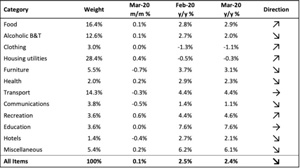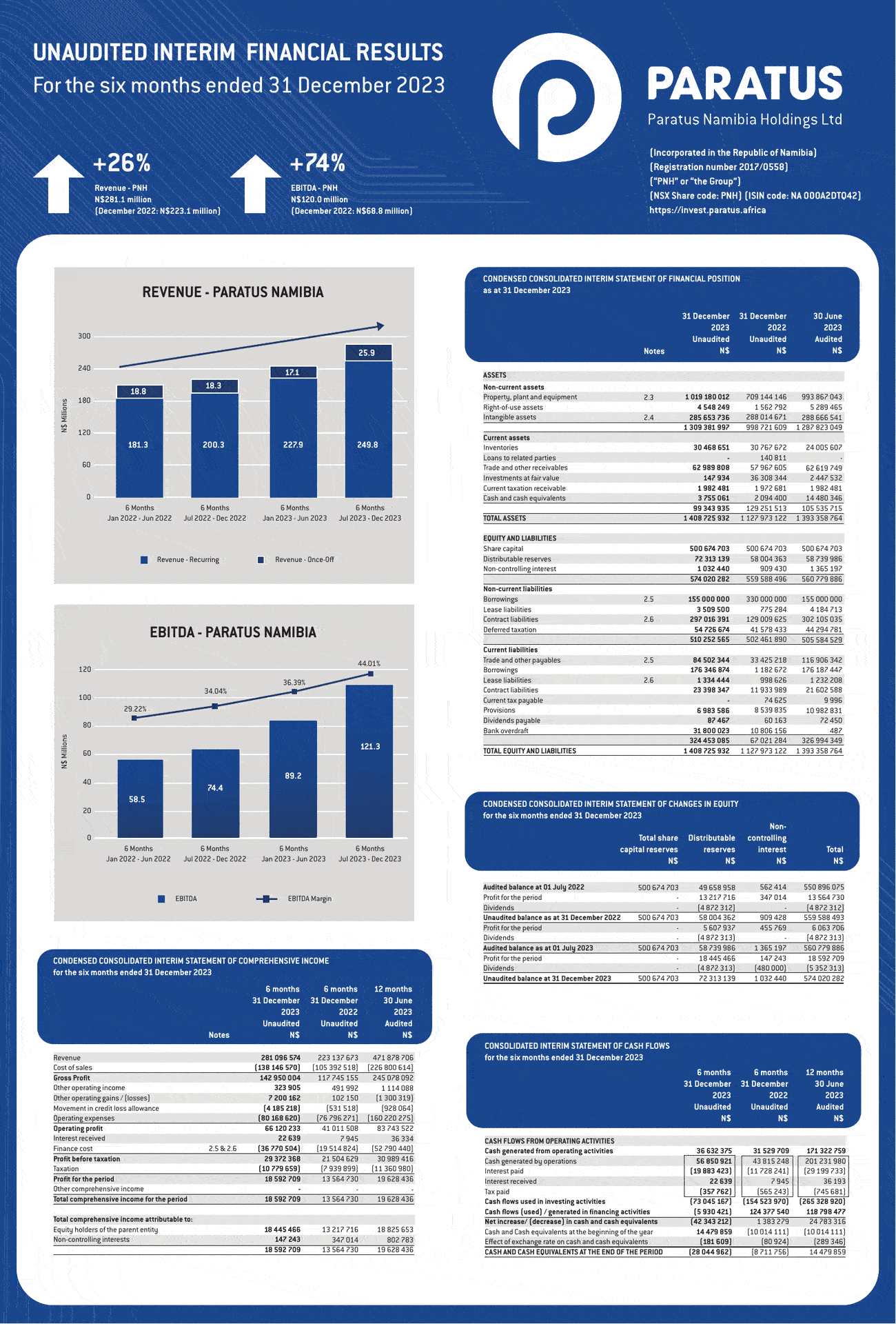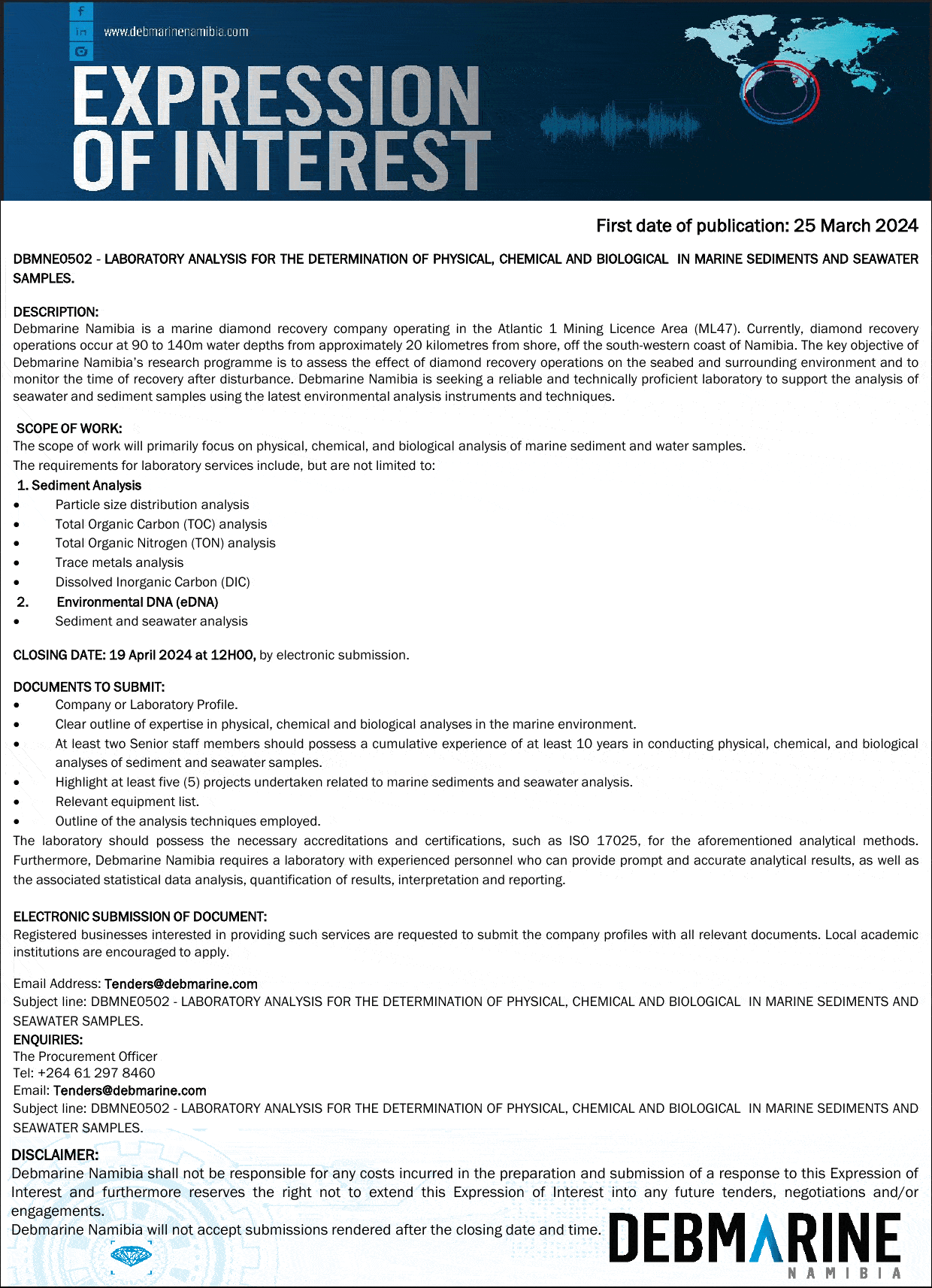
Corporates account for more than 85% of monthly credit uptake
Credit extended to the private sector increased by N$789.5 million, or 1.3%, in May 2014 to N$63 billion. On an annual basis private sector credit extension growth accelerated, increasing 16.%year on year, when compared to 15.7% year on year the preceding month, with total credit outstanding now N$8.7 billion more than a year ago.
The growth rate recorded in May was underpinned by strong expansion in the corporate segment of the market, while growth in the individual segment eased during the month. The split between business and private credit in total debt outstanding is 39.1% to 60.9%. Credit extension to households expanded by 0.3% on a monthly basis and 14.7% on an annual basis in May, a slightly slower rate of growth than was seen in the preceding month IJG said.
The growth in credit extension to households can be largely ascribed to prolonged and historically low interest rates in Namibia, allowing for the relatively cheap uptake of credit by interest sensitive households according to IJG Securities. Growth was recorded for most of the sub categories in household credit on a month on month basis, with the main categories driving growth being overdrafts, which expanded by 1.8%, and other loans and advances , up 1.2%, during the month. Over the past year, the majority of the credit extended to households was in the form of mortgage loans which expanded by 12.6% from last year, largely reflecting strong house price increases in Windhoek and at the coast IJG reported.
Credit extension to corporates grew by 18.5%year-on-year in May, up from 15.8% in April. On a year-on-year basis, mortgage loan growth eased to 8.8% and “other loans & advances” growth slowed to 9.4%, while overdraft growth accelerated 19.8% from 5.9% in the previous month. Unlike credit extension to households, high growth in credit extended to corporates is unlikely to be as a result of low interest rates, as corporates in Namibia tend to be less sensitive to interest rate changes than households IJG reported.
Money Supply and Reserves Foreign reserves decreased 11.1% month-on-month to N$15.5 billion at the end of May 2014,following an increase of 19.8% in April. This decline was on account of net government payments and commercial bank net capital outflows during the review period. An interest rate increase coupled with tax payments in June, and a Southern African Customs Union receipt should bolster reserve levels which are likely to have rebounded significantly from the May level the report said. M2 growth increased to 8.8% in May, up from growth of 7.8% in April. The increase mainly emanated from an increase in the net foreign assets of other depository corporations, up 2.9% month on month IJG reported. Looking forward, we expect credit growth to remain strong through 2014 despite the 25 basis points rate hike in June and further expectations of interest rate increases, as real income growth is expected to remain elevated given the buoyant economic conditions within the country, which will reinforce demand for credit from households. Additionally, demand for credit from corporates is expected to remain strong, as corporates are largely unaffected by the Bank of Namibia’s rates said IJG.















































